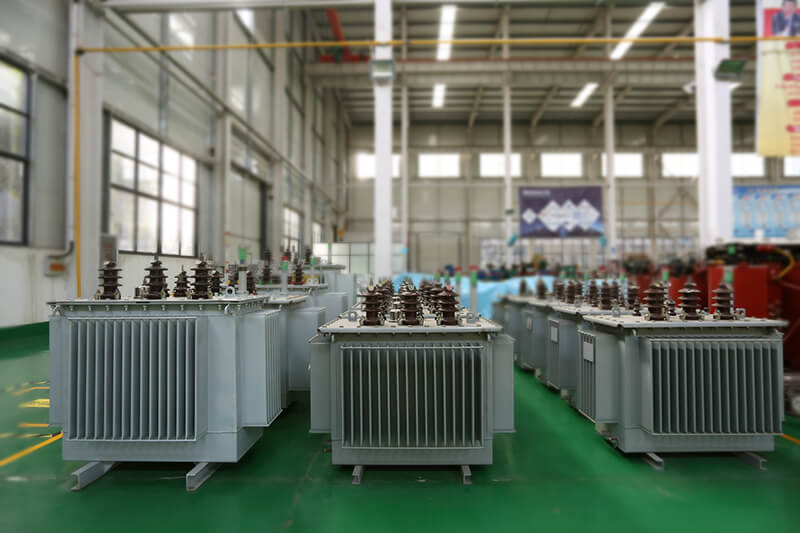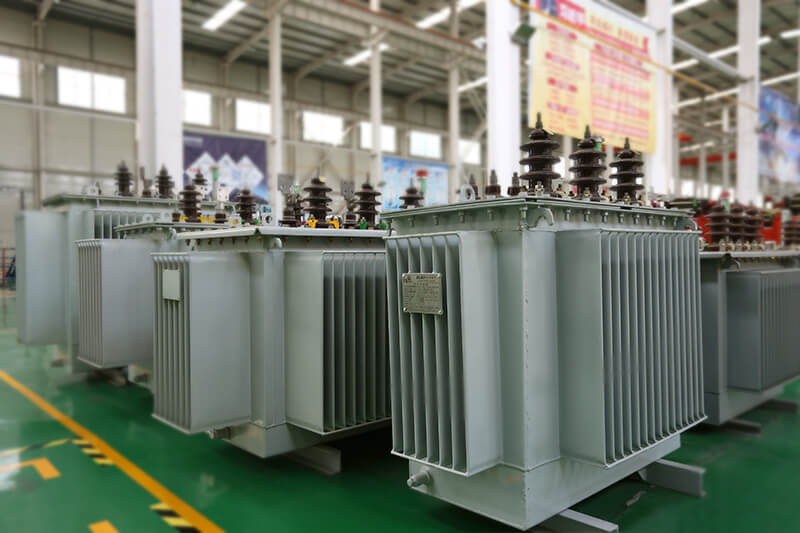Common faults and treatment methods in the operation of high-voltage electrical equipment, focusing on the faults and treatment methods of 10 kV circuit breakers (vacuum, sulfur hexafluoride), disconnectors, busbars, transformers, transformers, cables and lightning arresters, engineering and technical personnel You can refer to this article to analyze and deal with the specific situation of high-voltage electrical equipment accidents to ensure the safe operation of electrical equipment, reduce the impact of accidents, prevent accidents as much as possible, and eliminate accidents from the bud.
According to the regulations, the voltage above 250 volts is called high voltage. Here we mainly talk about 10 kV complete sets of devices, that is, switch cabinets, metering cabinets, capacitor cabinets, etc. Of course, including access lines and transformers.

Transformer
1. Voltage transformer
Failure phenomenon: The primary fuse of the voltage transformer in operation is blown.
(1) Due to faults such as inter-turn, inter-layer or inter-phase short-circuit and one-phase grounding in the voltage sensor, the fuse may be blown.
(2) Secondary circuit failure, that is, when the secondary side of the transformer is faulty, the secondary side fuse is selected too large, causing the primary side fuse to blow.
(3) 10 kV unified phase grounding. When one phase of the 10 kV system is grounded, the ground voltage of the other two phases will increase by three times. For the voltage transformer connected to Y0 / Y0, the normal two-phase ground voltage will become the line voltage. This causes an increase in current and may blow the fuse.
(4) Ferromagnetic resonance occurs in the power system. In recent years, due to the large increase in distribution lines, cables and users, the electrical parameters of the 10 kV distribution system have changed greatly, and resonance conditions have gradually formed. In addition, some voltage transformers have poor excitation characteristics. Therefore, iron Magnetic resonance over-voltage often occurs. When the power system resonates, over-current will be generated on the voltage transformer. In addition to causing the primary fuse to break, it also often causes the voltage transformer to burn out.
Analysis and treatment: when the fuse of the primary side of the voltage transformer is blown, the voltage transformer disconnector should be opened, and the secondary insurance should be removed to check whether it is fused. After eliminating the fault of the voltage transformer itself or the secondary failure, it can be restarted replace the qualified fuse and put the voltage transformer into operation.

2. Current transformer
Failure phenomenon: The current transformer is running due to iron core overheating.
Analysis and processing: In the case of overload, secondary open circuit, and discharge damage due to insulation damage, the inductive transformer in operation will cause abnormal sound, local corona caused by uneven coating of semiconductor paint, and clamping iron Loose screws in the core will also cause a loud noise.
Current transformer core overheating may be caused by long-term overload or secondary circuit open circuit caused by core magnetic saturation.
If you find the above abnormal phenomena, you should first carefully observe and judge the cause of the sound abnormality or iron core overheating through the indicator of the instrument. If it is caused by overload, reduce the load to below the rated value and observe its operation. If it is caused by the secondary circuit, the operation should be stopped immediately, and the necessary safety measures should be taken during the process to prevent electric shock. If the discharge is caused by damage to its insulation, it should be replaced.

.jpg)
